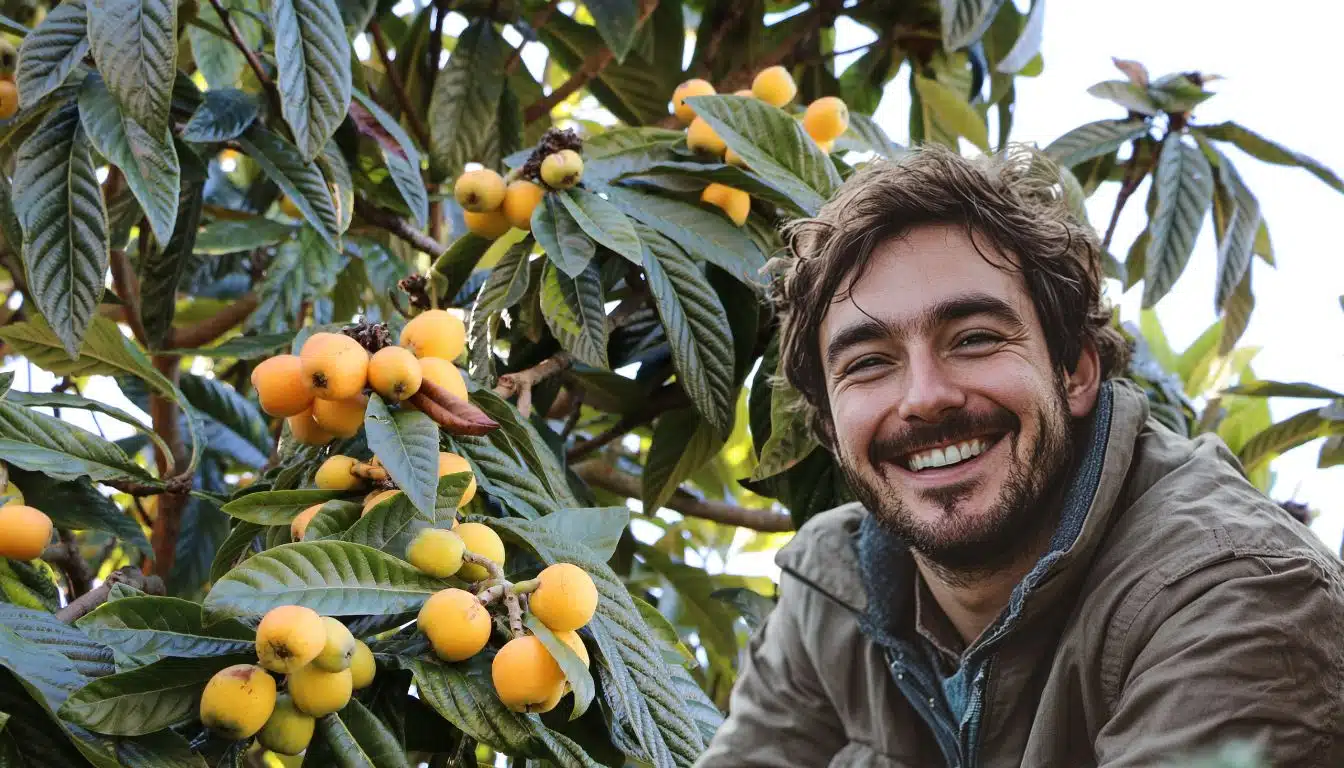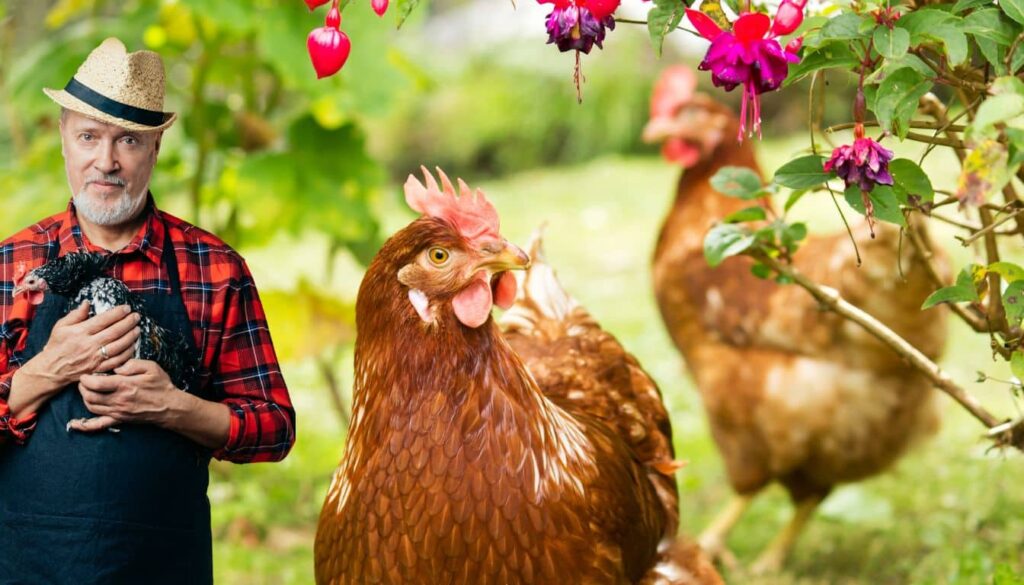As the new year begins, gardening enthusiasts find themselves planning their next growing season.
Among the wonders waiting to be rediscovered, there is a ancient fruit tree that could transform your garden into an oasis of beauty and taste: the medlar.
This forgotten but promising orchard undoubtedly deserves a place of honor in your green space. Aren’t you curious to find out why January is the ideal month to add this plant jewel to your garden?
A pleasure to enjoy: harvesting medlars
The patience it is essential with the medlar. Its fruits, ripe in autumn, reach perfection only after a period of mashingwhich makes them soft and sweet.
Once ready, these small brown fruits offer a unique flavour, perfect for compotes, jams or simply to be enjoyed plain.
Consider planting another type of tree to diversify your yard even more. For example, you can discover how a walnut tree can transform your green corner.
In your quest for perfection, pay attention to pruning. Check out these tips to avoid damaging your beloved fruit plants: Don’t prune these trees incorrectly!
Choice of location
The medlar tree prefers areas sunny and sheltered from the wind. If your garden is exposed, consider planting it next to a wall or hedge for protection.
Preparation of the soil
Before planting, it is essential to prepare the soil well:
- Soften the soil to a depth of about 50 cm to allow optimal root penetration.
- Incorporate compost or an organic soil conditioner to enrich it.
- Make sure the planting hole is at least twice the size of the tree’s root ball.
Planting the medlar
- Place the medlar in the center of the hole, making sure that the collar remains at ground level.
- Fill the hole with the soil and compost mix, then tamp down lightly.
- Water abundantly to ensure good root establishment.
Subsequent measures
Once planted, the medlar requires little attention. A mulching around the trunk will protect it from frost and help maintain humidity.







